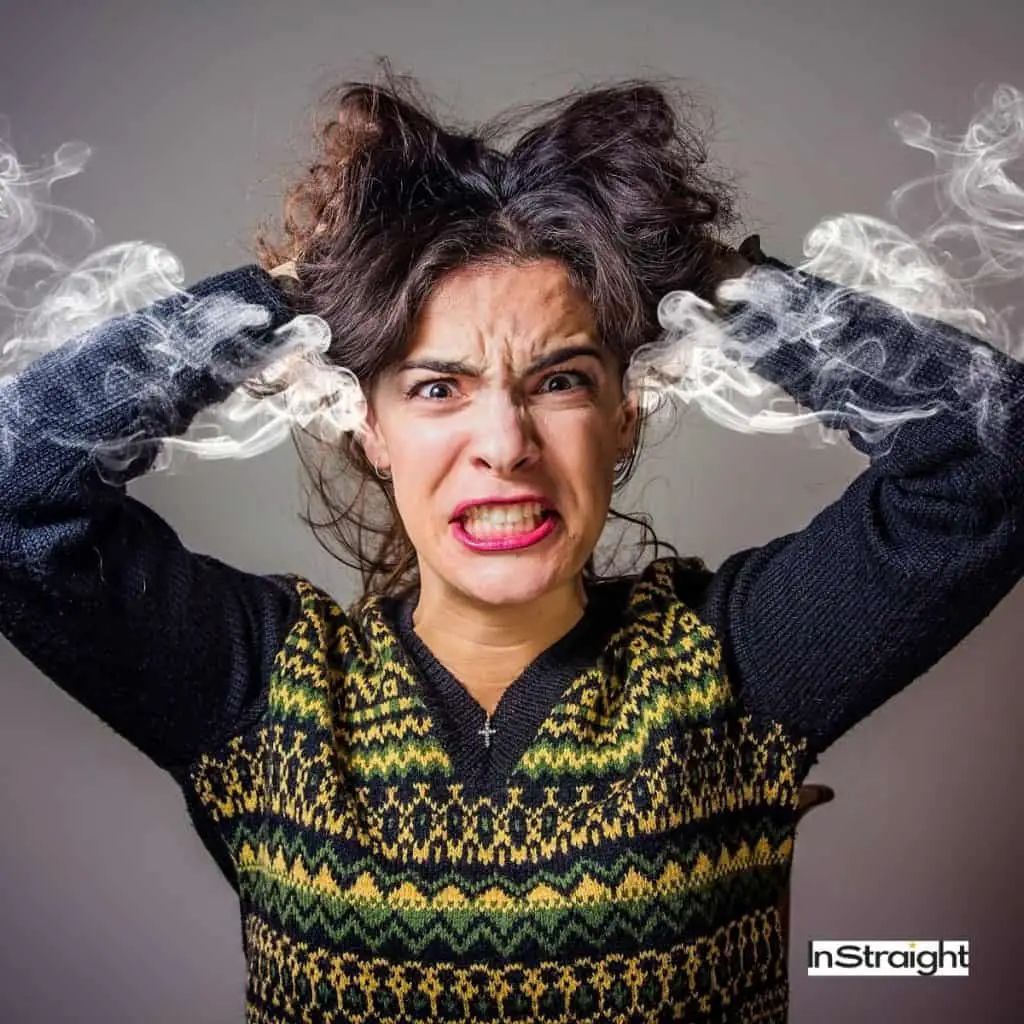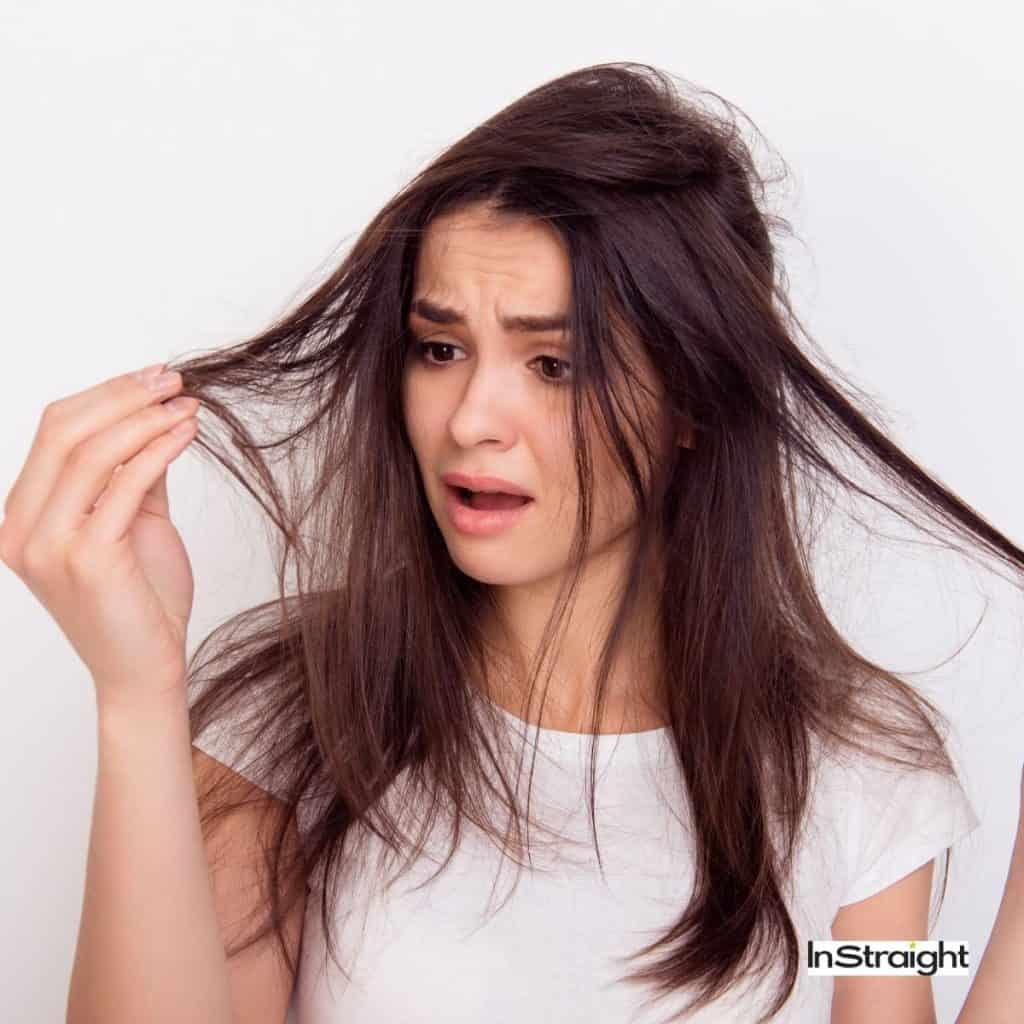
Wondering why beauty enthusiasts stop using their hair steamer? As a beauty guru, I have the unsettling answer! Steaming is obviously a great conditioning treatment for hair.
But these are some of the reasons many beauty enthusiasts give up on this hair care basic.
Read on to find out!
CHECK: The Best Steam Pods on the Market
1. Time Consuming

This is one of the primary difficulties for people that make them give up on steam treatment after some time.
It takes time to set up tabletop steamers and it can be quite inconvenient, especially if you have to put them away and set them up every single time you use them.
A steaming cap also takes time since you need to wait for a couple of minutes for the cap to heat up and only after, let the steaming process continue.
You need to steam your hair by sections when using a handheld steamer. This may take up most of your time as well.
Heating the water in the water tank to create water vapor also takes up a couple of minutes and if you are working around a busy schedule, you may not have time to spare.
2. Inconvenient
This is quite true for desktop steamers, which need to be set up for every single use.
If you have limited space in your home, you will also have to put these away to free yourself some space, only to have it set up all over again.
This can be quite tiring for an average, regular user, so you may want to rethink getting a desktop steamer if you live in an area with limited space.
3. Incomplete coverage
This is a problem for those who use desktop steamers with hoods. The hoods usually don’t accommodate the entire head and some sections of hair may not be exposed to steam as other sections.
4. Time is key
Steaming introduces moisture into the hair strand, so you’d want to do this within the time frame recommended, which is not over thirty minutes.
You may end up over conditioning your hair if you do it for more than thirty minutes. You can end up having hair that looks limp and with an oily residue.

For people with curly hair, steaming more often than recommended may overstretch your hair and affect your curls.
5. Too much heat
This is, again, a problem associated with desktop steamers that make use of hoods or even steaming caps.
The steam coming from the hoods may even cause scalp burns. It is best to avoid too high temperatures when doing hair steaming.
Sometimes people start to feel uncomfortable, that’s why heat is also one of the major reasons why to stop using a hair steamer.
If this happens, decrease the temperature to a level where your scalp doesn’t feel any discomfort or irritation.
6. Too much steaming can cause hair damage!
To understand why too much steaming is not necessarily a good thing, you’ll first have to understand a bit of the chemistry behind hair.
Your hair shaft is made of cuticle layers arranged in fish scale-like patterns. At a deeper level, these layers are made up of a protein called keratin [1].
Keratin is held together by chemical bonds known as disulfide bonds [2].
Although quite stable by nature, the structure of keratin in hair changes when there’s too much exposure to heat [3].

Exposure to too much direct heat, especially dry heat, may cause “bubble hair” [4] which can result in hair breakage and hair loss.
All of these result from changes in the structure of keratin.
Too much steaming can lead to changes in keratin structure, which can create an impact on your hair’s texture.
That is why even for steaming, it is recommended that you do it only once a month to reap the benefits of it. Anything beyond that is not advisable.
When should you not steam your hair?
Steaming is said to be good, not only for the hair but also for the scalp.
There are situations, though, when steaming is not recommended.
In an interview [5] for Elle magazine, trichologist and colorist Bridgette Hill said this about steaming,
Anyone suffering from severe scalp concerns, psoriasis, eczema, folliculitis, dermatitis should not steam unless supervised by a scalp care professional or dermatologist.
She further adds,
It is important not to overstimulate or remove the in on scabs or sores that may have skin cells healing underneath the protective healing of the sore or scab. When steam is used at inappropriate times during the hair growth and skin shedding cycle, steam could disrupt the microbiome and contribute to bacterial or fungal infections.
FAQs
Who Can Benefit From Hair Steaming?

Hair steaming works for anyone. It comes highly recommended, though, for people with natural hair, dry hair, color-treated hair, and curly hair, since it helps in conditioning and moisturizing hair.
Make sure to read our guide on the benefits of hair steaming.
For How Long Should You Steam Your Hair?
It is recommended that you steam your hair for no longer than thirty minutes per session. If you have porous or thin hair, you shouldn’t go over twenty per session.
How Often Should You Steam Your Hair?
It is recommended that you steam your hair only once a month. Going beyond that may cause damage to your hair and cause changes in its texture.
Conclusion
Just like a facial steamer has benefits for facial skin, a hair steamer has benefits on the scalp and on hair. It is said to encourage microcirculation in the area, which encourages hair growth and healthy hair.
Steaming sessions can also be quite relaxing and even addicting to a point.
Hair steaming should be part of your hair care routine in order to keep your hair shiny and healthy. There are times, though, when you may find it discouraging or maybe you overdo it.
That is why it’s best to keep things within recommendations set by professionals. By doing this, you are able to continuously make hair steaming a part of your regular hair care routine.
Don’t give in to these reasons why to stop using a hair steamer.

Do you know other reasons to stop using a hair steamer? Let us know below!
References
- 1. Yang F-C, Zhang Y, Rheinstädter MC. The structure of people’s hair. PeerJ [Internet]. 2014;2:e619. Available from: https://www.ncbi.nlm.nih.gov/pmc/articles/PMC4201279/
- 2. Bruce Fraser RD, Parry DAD. The role of disulfide bond formation in the structural transition observed in the intermediate filaments of developing hair. Journal of Structural Biology [Internet]. 2012 [cited 2022 Jan 26];180:117–24. Available from: https://pubmed.ncbi.nlm.nih.gov/22683767/
- 3. Hiroshima University. Scientists shine new light on heat-damaged hair [Internet]. Asia Research News. 2021. Available from: https://www.asiaresearchnews.com/content/scientists-shine-new-light-heat-damaged-hair
- 4. Savitha A, Revathy T, Sacchidanand S. Bubble hair and other acquired hair shaft anomalies due to hot ironing on wet hair. International Journal of Trichology. 2011;3:118.
- 5. Davis T. Here’s Everything You Need To Know About Hair Steaming [Internet]. ELLE. 2020 [cited 2022 Jan 26]. Available from: https://www.elle.com/beauty/hair/a34632305/best-steamers-for-natural-hair/
- About the Author
- Latest Posts
Sylvia is one of the most joyful people you’ll ever meet. She is a high advocate of self-love and encourages women to take care of themselves both mentally and physically. She loves girly talks especially salon talks (a little gossip doesn’t hurt) and spends most of her free time on skincare or hair care. You can find more about here HERE. Find her on LINKEDIN

